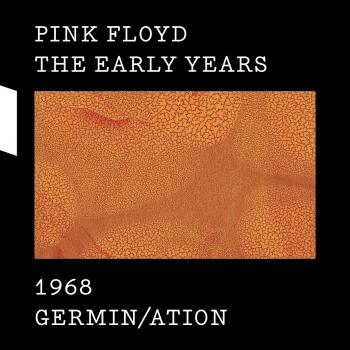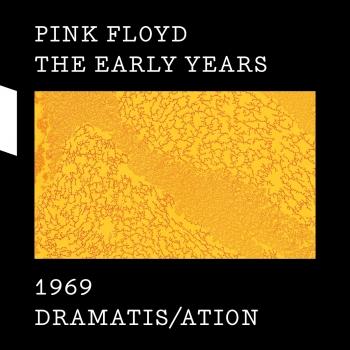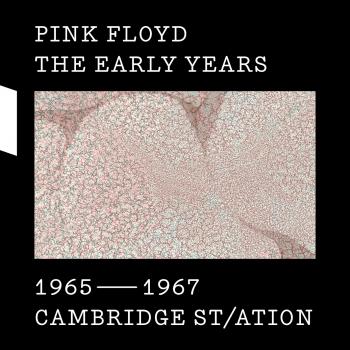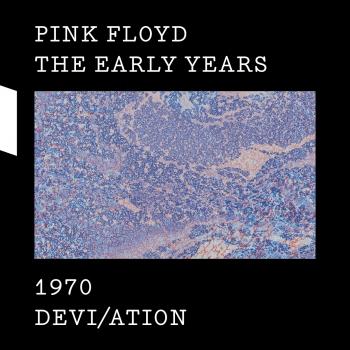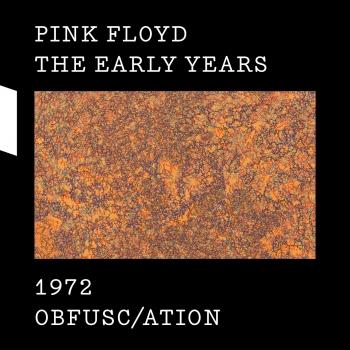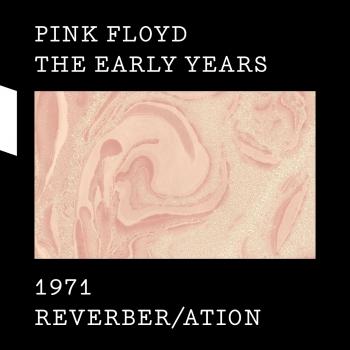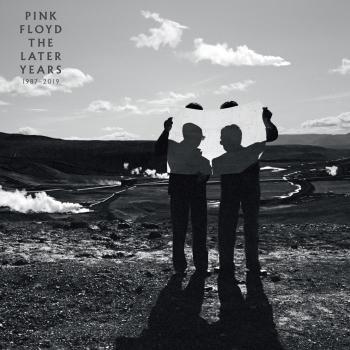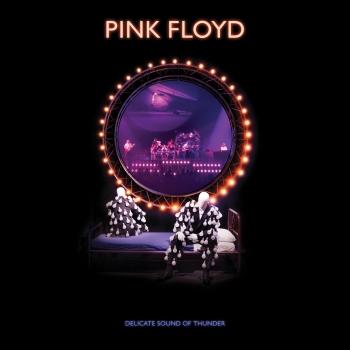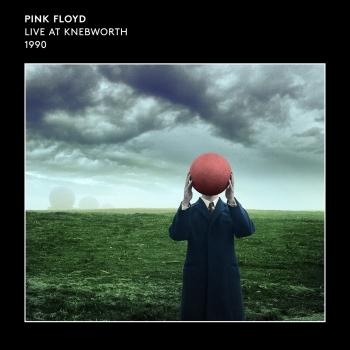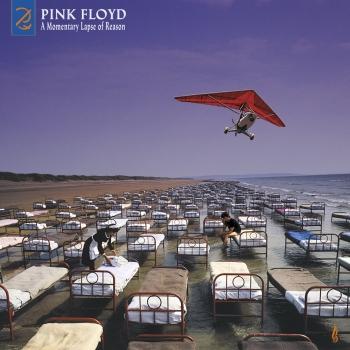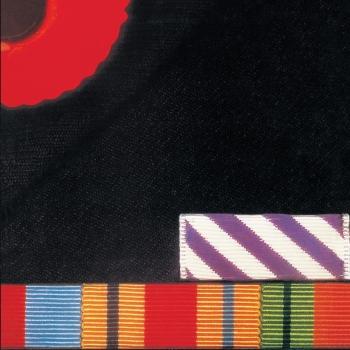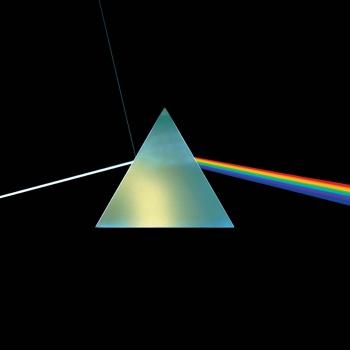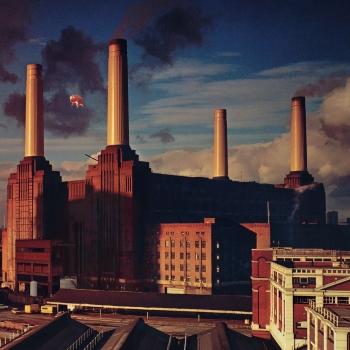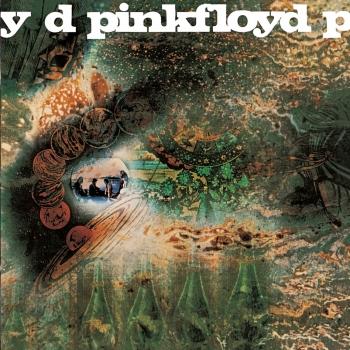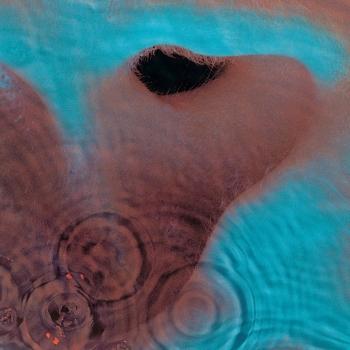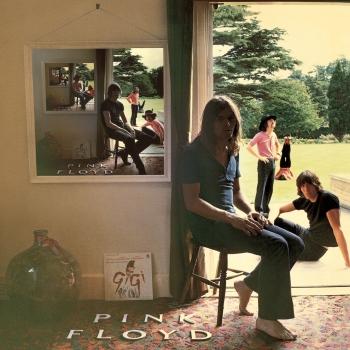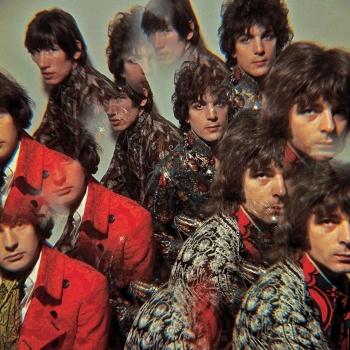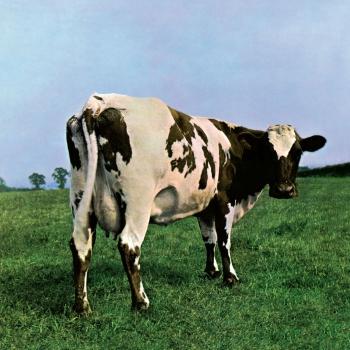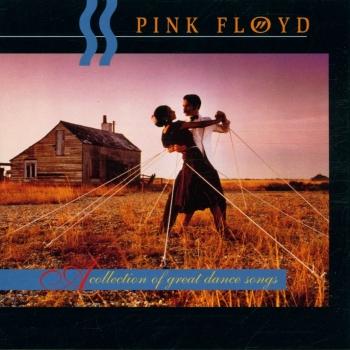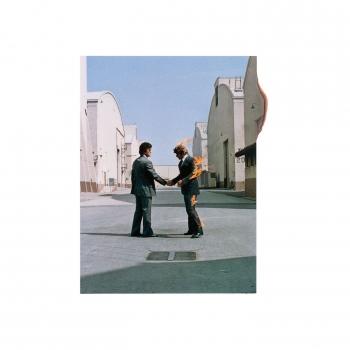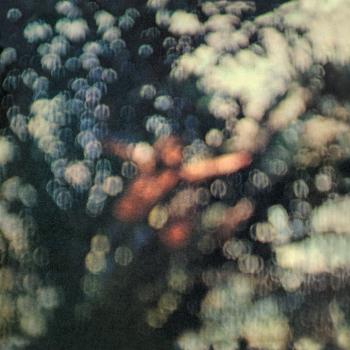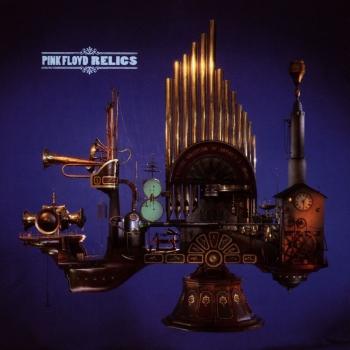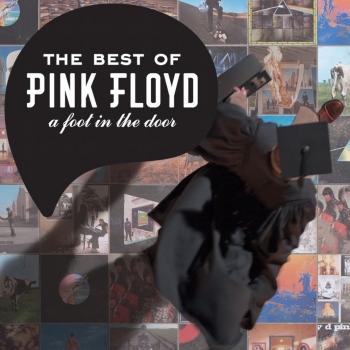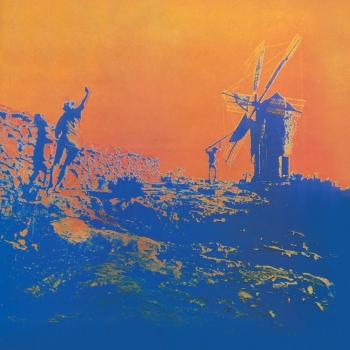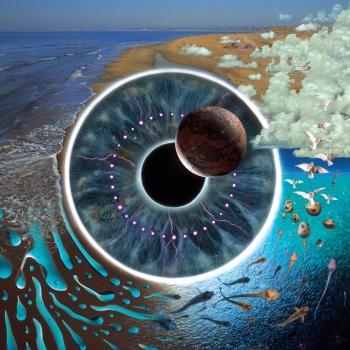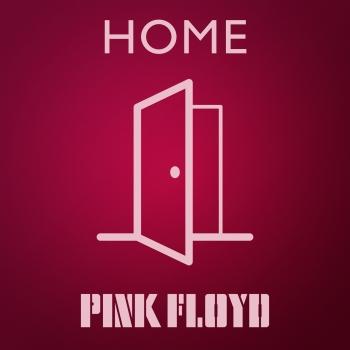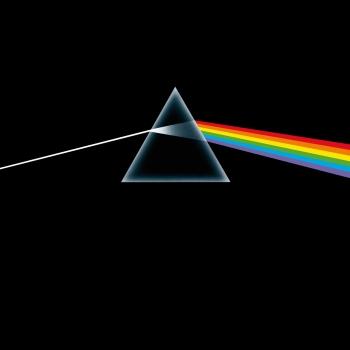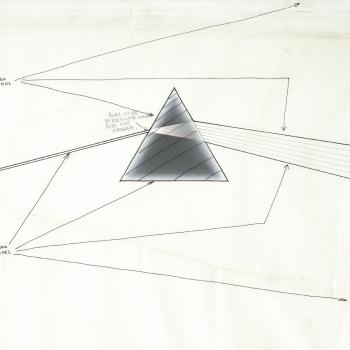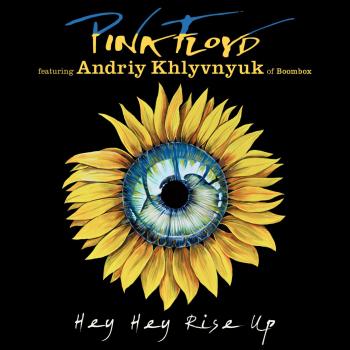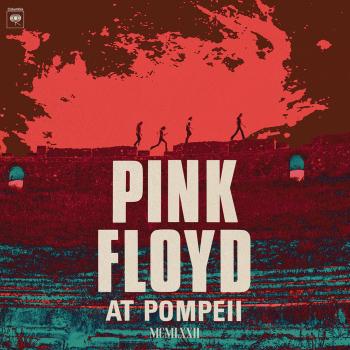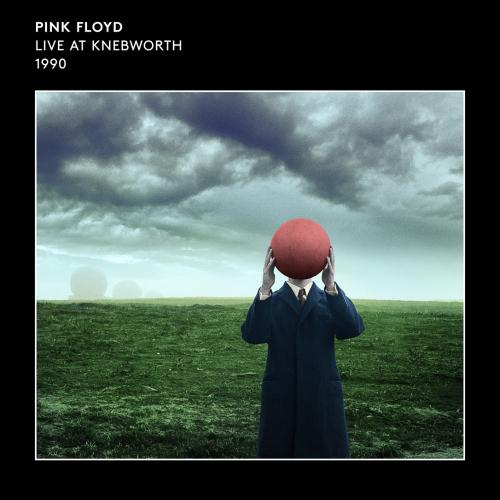
Live at Knebworth 1990 (Remastered + Remixed) Pink Floyd
Album info
Album-Release:
2021
HRA-Release:
01.07.2021
Album including Album cover
I`m sorry!
Dear HIGHRESAUDIO Visitor,
due to territorial constraints and also different releases dates in each country you currently can`t purchase this album. We are updating our release dates twice a week. So, please feel free to check from time-to-time, if the album is available for your country.
We suggest, that you bookmark the album and use our Short List function.
Thank you for your understanding and patience.
Yours sincerely, HIGHRESAUDIO
- 1 Shine On You Crazy Diamond (Pts. 1-5) (Live at Knebworth 1990) 11:05
- 2 The Great Gig In The Sky (Live at Knebworth 1990) 05:04
- 3 Wish You Were Here (Live at Knebworth 1990) 04:47
- 4 Sorrow (Live at Knebworth 1990) 09:34
- 5 Money (Live at Knebworth 1990) 10:10
- 6 Comfortably Numb (Live at Knebworth 1990) 07:47
- 7 Run Like Hell (Live at Knebworth 1990) 07:12
Info for Live at Knebworth 1990 (Remastered + Remixed)
The concert was part of the star-studded 1990 Silver Clef Winners performance at Knebworth House, Hertfordshire, headlined by Pink Floyd.
The monumentous Silver Clef Award Winners Knebworth concert saw Pink Floyd topping the all-star bill that included Paul McCartney, Dire Straits, Genesis, Phil Collins, Mark Knopfler, Robert Plant (with Jimmy Page), Cliff Richard, Eric Clapton and Tears For Fears. Around 120,000 music fans saw these giants of rock appear on the hallowed stage of Knebworth, all in aid of the Nordoff Robbins charity, profits from which went towards setting up the BRIT School. The concert was broadcast globally on MTV.
David Munns, Chairman of Nordoff Robbins, remembers the event well: “The Knebworth Concert was a defining moment in the music industry’s commitment to Nordoff Robbins, the BRIT Trust and the concept of the BRIT School. What a fantastic day it was, culminating in this brilliant performance by Pink Floyd. The money raised allowed the BRIT School to come into being and allowed Nordoff Robbins to significantly expand its service. Knebworth will go down in history as one of those great moments and the music industry should be very proud of what it achieved.”
Nick Mason also reminisces about the gig: “There is something special about Knebworth. We all still have fond memories of playing there in the 70’s, and this show was no different. As a North London boy this was almost a home game, but with the added delight of being the re-assembly of the band after a fairly mega tour that had lasted for well over a year. It was also an opportunity to get the wonderful Candy Dulfer to play – I had been a fan of hers for quite a while, and it was just a shame we didn’t have an opportunity to utilise her for more. We also had our dear friend Michael Kamen guesting. Michael had contributed so much to PF over the previous ten years, it’s great to have something of his playing on the recording.”
Pink Floyd – David Gilmour, Nick Mason and Richard Wright – were joined on stage by members of their touring band including Guy Pratt, Jon Carin, Tim Renwick and Gary Wallis. Backing vocals came from Durga McBroom, Sam Brown and her mother Vicki, and (original The Great Gig In The Sky vocalist) Clare Torry. Pink Floyd also welcomed guest musicians including sax player Candy Dulfer and keyboard player and composer Michael Kamen. David Gilmour and Andy Jackson have remixed the audio from this iconic concert featuring all seven tracks performed on the day, and the album features new artwork shot by Floyd collaborator Aubrey ‘Po’ Powell of Hipgnosis and designed by Peter Curzon of Storm Studios. The concert, previously unreleased until it appeared on 2019’s Later Years box set, is now available as CD or double Vinyl set for the first time as a stand-alone album.
David Gilmour, guitar, vocals
Nick Mason, drums, percussion
Richard Wright, keyboards, backing vocals
Guy Pratt, bass guitar, vocals
Jon Carin, keyboards, vocals
Tim Renwick, guitar
Gary Wallis, percussion
Durga McBroom, backing vocals
Sam Brown, backing vocals
Vicki Brown, backing vocals
Clare Torry, backing vocals, lead vocals on The Great Gig In The Sky
Special Guests:
Michael Kamen, keyboards on Comfortably Numb, Run Like Hell
Candy Dulfer, saxophone on Shine On You Crazy Diamond, Money
Produced by Chris Kimsey, Steve Smith
Recorded and Engineered by Mike Fraser
Remix by Andy Jackson with David Gilmour, assisted by Damon Iddins
Digitally remastered
Pink Floyd
Inductees: Syd Barrett (guitar, vocals; born January 6, 1946; died July 7, 2006), David Gilmour (guitar, vocals; born March 6, 1944), Nick Mason (drums; born January 27, 1945), Roger Waters (bass, synthesizer, vocals; born September 9, 1944), Rick Wright (keyboards, synthesizers; born July 28, 1945; died September 15, 2008).
Pink Floyd’s hallucinatory presentation of lights and music at London’s Roundhouse in 1966 brought psychedelia to the U.K. scene. The group carried rock and roll into a dimension that was more cerebral and conceptual than what preceded it. What George Orwell and Ray Bradbury were to literature, Pink Floyd is to popular music, forging an unsettling but provocative combination of science fiction and social commentary. In their early years, with vocalist, guitarist and songwriter Syd Barrett at the helm, Pink Floyd were the psychedelic Pied Pipers of the “London underground” scene. In the Seventies, with bassist Roger Waters providing more of the songwriting and direction, Pink Floyd became one of the most influential rock bands of all time.
Before they settled on Pink Floyd, the group went by the names Sigma 6 and the Architectural Abdabs, and they mainly performed rhythm and blues covers. Singer-guitarist Syd Barrett provided Pink Floyd with most of its original early material, including the British hits “See Emily Play” and “Arnold Layne.” Barrett’s elfin, tuneful psychedelia made him the Lewis Carroll of the pop scene. Pink Floyd’s debut album, Piper at the Gates of Dawn, is a classic of psychedelic whimsy that epitomized the remarkable year of 1967 at its most playful and creative. As the British music magazine Q opined in 1995, “Piper at the Gates of Dawn is, even counting Sgt. Pepper, possibly the defining moment of English psychedelia and Syd Barrett’s magnum opus.” Among its highlights was a nine-minute instrumental, “Interstellar Overdrive,” that represented one of rock’s first forays into deep space. It was a preoccupation of Pink Floyd’s that would later surface in songs like “Set the Controls for the Heart of the Sun” (from A Saucerful of Secrets) and the group’s masterwork, Dark Side of the Moon.
Intense experimentation with LSD unfortunately transported Barrett from enlightenment to mental instability, and increasingly unpredictable behavior necessitated his departure from Pink Floyd in 1968. Among the prime “acid casualties” of the Sixties, Barrett subsequently released two magnificent, if eccentric, solo albums – The Madcap Laughs and Barrett, both from 1970 – with considerable input from his erstwhile bandmates in Pink Floyd. Thereafter, however, Barrett became one of rock’s most legendary hermits and the subject of Roger Waters’ tributary opus “Shine On You Crazy Diamond.” It was the side-long centerpiece of Pink Floyd’s Wish You Were Here (1975) and a sterling example of what the group has referred to as its recurring “theme of absence.”
With guitarist David Gilmour on-board as Barrett’s replacement, Pink Floyd’s lineup remained constant for the next 15 years. In the wake of Piper, they recorded psychedelic soundscapes such as A Saucerful of Secrets and the double album Ummagumma, which comprised one disc of live performances and one of individual works by each band member. Laid-back but experimental, Pink Floyd kicked off the Seventies with the pastoral, atmospheric albums Atom Heart Mother (1970) and Meddle (1971). Each featured a side-long epic, “Atom Heart Mother Suite” and “Echoes,” respectively. Fittingly for a band with who took a cinematic approach to music, Pink Floyd provided music for three films. Their work as film scorers can be heard on the soundtrack albums More (1969), Zabriskie Point (1970) and Obscured by Clouds: Music from La Vallee (1972).
Their 1973 release Dark Side of the Moon hit Number One on the Billboard charts and ultimately broke all records by remaining on the Top 200 album charts for 741 weeks. Dark Side of the Moon did not drop off Billboard’s Top 200 album chart until 1988. The album signaled rock’s willingness to move from adolescence into adulthood, conceptually addressing such subjects as aging, madness, money and time. From its prismatic cover artwork to the music therein, Dark Side of the Moon is a classic-rock milestone. The subject of alienation was further explored in Wish You Were Here (1975), an album whose central preoccupation was the band members’ distance from each other (“Wish You Were Here”) and erstwhile leader Syd Barrett’s distance from reality (“Shine On You Crazy Diamond”). They turned their gaze outward yet again on the Orwellian Animals (1977), whose songs bore the titles “Pigs,” “Sheep” and “Dogs.”
Success continued into the Eighties with The Wall, a four-sided epic about a rock star named Pink who suffers a nervous breakdown while on tour. Much of it reflected chief architect Roger Waters’ dim view of the concert experience as rock expanded into arenas and stadiums. “I wanted to make comparisons between rock and roll concerts and war,” Roger Waters toldRolling Stone in 1982. He elaborated on this central tenet in the liner notes forThe Wall Live: 1980-81: “The idea that we, as individuals, generally find it necessary to avoid or deny the painful aspects of our experience, and in fact often use them as bricks in a wall behind which we may sometimes find shelter, but behind which we may just as easily become emotionally immured, relatively simply stated and easy to grasp.” That, in a nutshell, is the theme pursued by Pink Floyd from Dark Side of the Moon forward.
Possibly the most pessimistic album ever to reach #1, The Wall also addressed childhood, education and marriage, finding all of these passages to be dehumanizing. The Wall, the most theatrical and complex stage show that rock had ever seen, was performed 24 times in multi-night stands at four places - London, Los Angeles, Long Island and Dortmund, Germany. During the performance, an actual “wall” was constructed in front of the band, and its collapse at the end provided a fitting denouement. The Wall was subsequently revived by Roger Waters for a star-studded staging in Berlin in 1990, to commemorate the unification of East and West Germany. Performances from the Pink Floyd’s original staging of the epic saw release in 2000 as The Wall Live: 1980-81.
In the wake of The Wall, Pink Floyd itself gradually seemed to collapse, at least temporarily. The Wall turned out to be the last album the foursome of Waters, Gilmour, Wright and Mason recorded together. The Final Cut, which was recorded under extreme duress, found Wright absent from the group. Almost wholly Waters’ vision, it was an antiwar album triggered by Britain’s 1982 conflict in the Falkland Islands. The group unofficially disbanded after its release, and that seemed to mark the end of Pink Floyd, as the members involved themselves in endeavors, including solo projects, outside the band.
Throughout their history, the members of Pink Floyd have projected a rather static personal image, allowing music, lyrics, lighting and theatrical settings to communicate for them. Consequently, they’ve largely avoided the sort of public scrutiny that typifies the lives of rock stars. Little was known or reported about their personal lives. Only when a bitter war of words and a court battle erupted between Roger Waters and the others after Gilmour, Mason and Wright reconvened Pink Floyd was the silence broken.
Pink Floyd released Momentary Lapse of Reason in 1987 and followed it up a year later with Delicate Sound of Thunder, a live album drawn from an extensive tour. The group reconvened in the Nineties with Gilmour again at the helm, releasing The Division Bell in 1994 and another tour souvenir,Pulse, a year later. Both albums went to the top of the charts, proving that the public’s fascination with this most unconventional supergroup had not dimmed in the least. (Source: www.rockhall.com)
This album contains no booklet.









